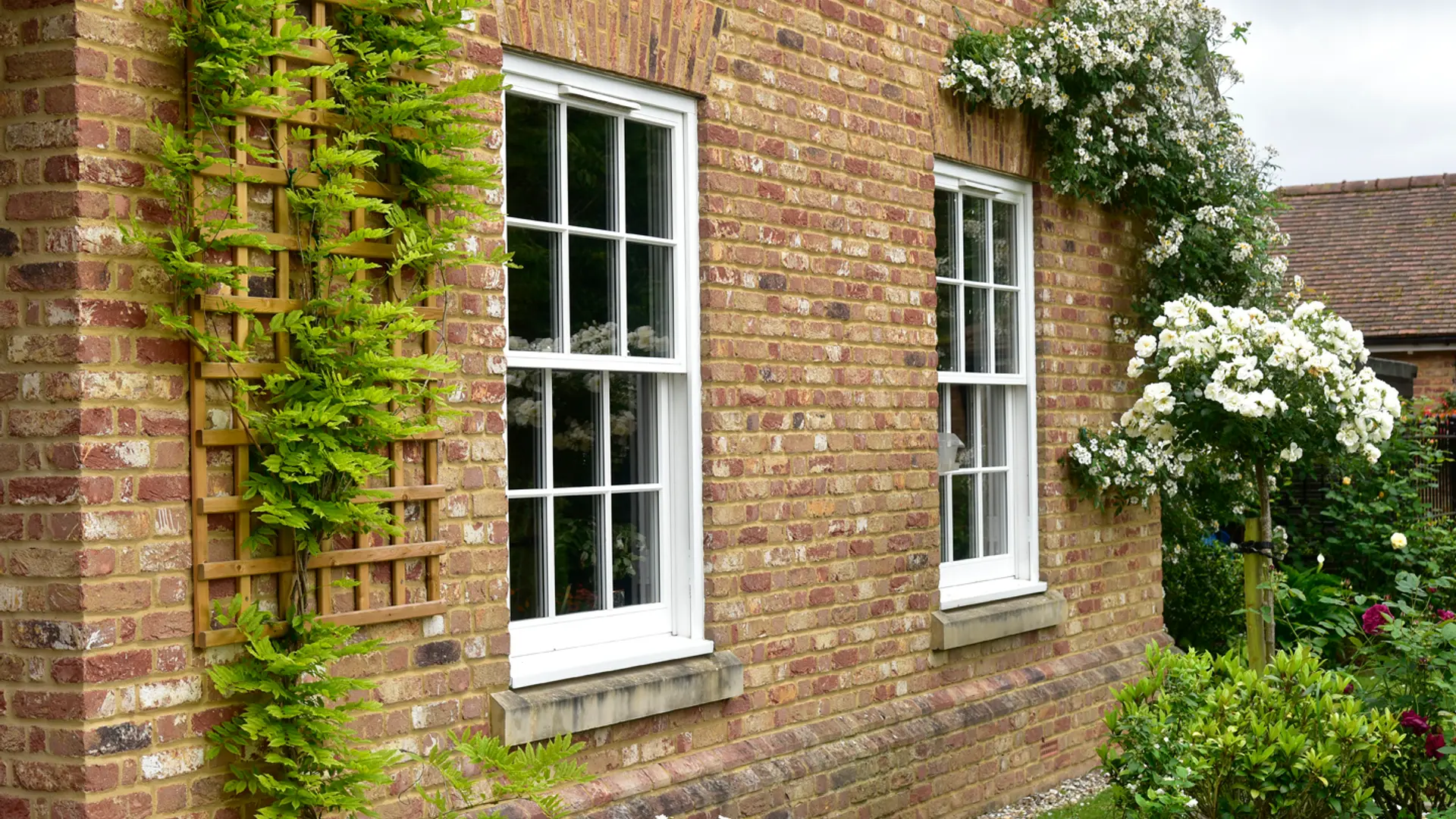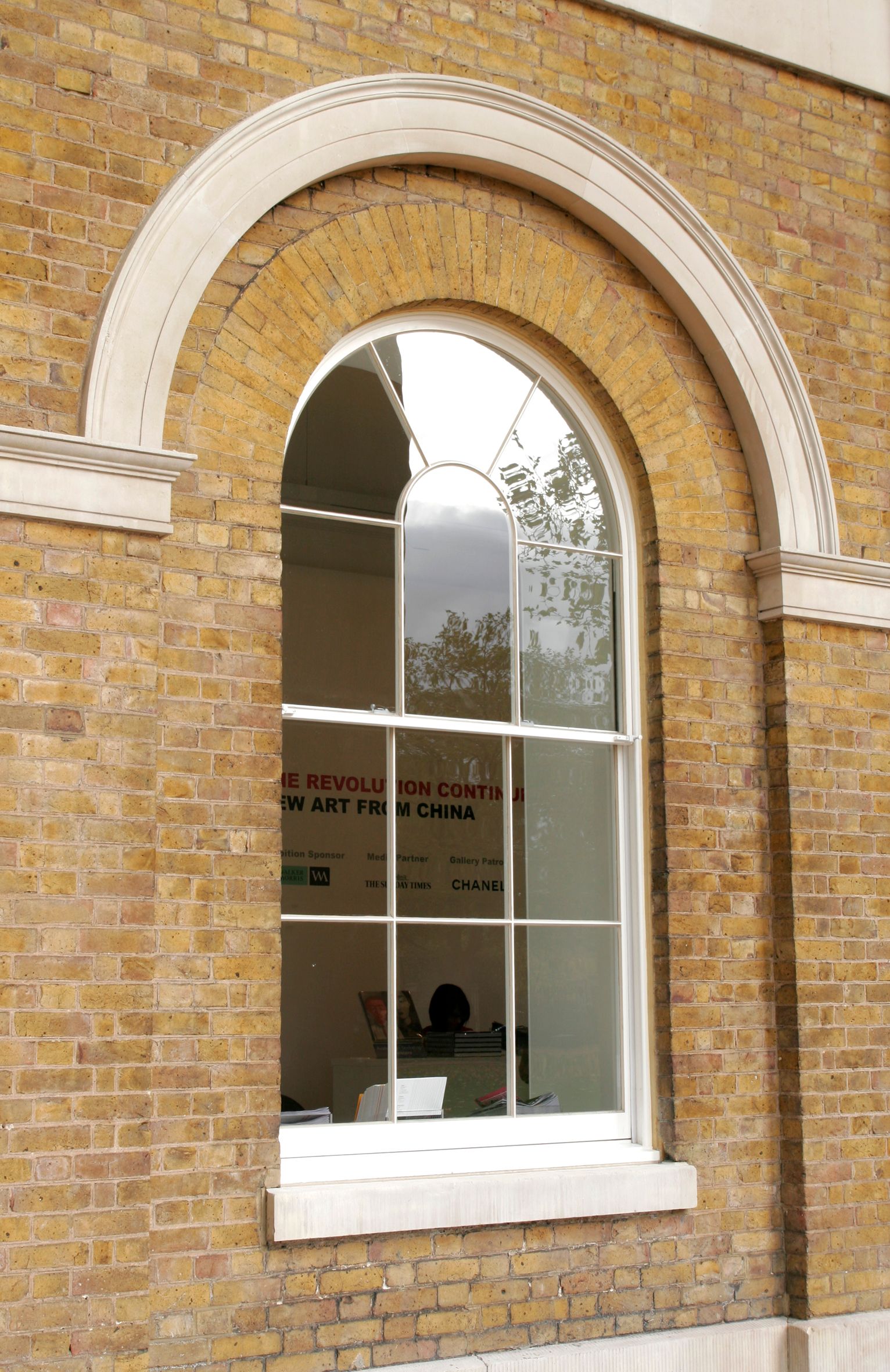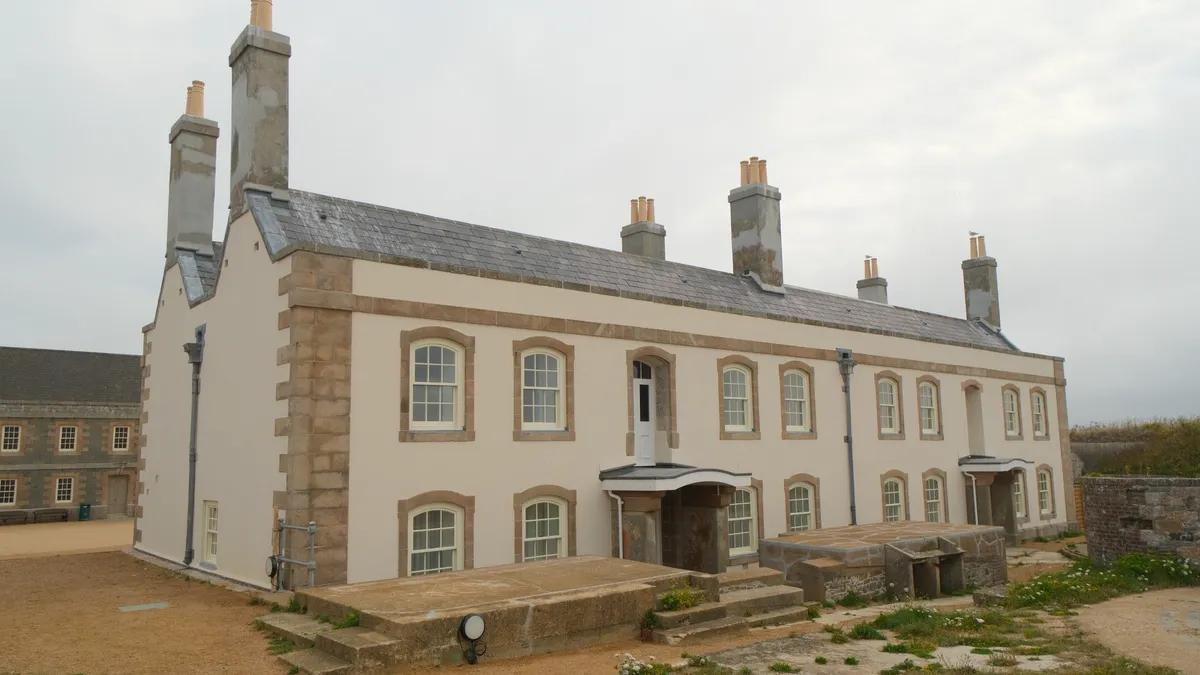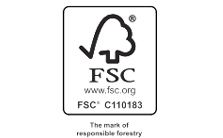We’re all aware of the significant environmental impact the construction industry has. It’s a global concern, and change is long overdue. Fortunately, one of the most immediate areas we can improve is on-site, where small, considered changes can deliver meaningful results.
1. Energy Usage on Site
Construction sites are energy-intensive, powering everything from large-scale machinery to office cabins and welfare units. A simple but powerful step is to swap from traditional fuels to renewable energy sources, such as:
- Solar – Portable panels and battery storage systems offer flexibility and sustainability.
- Wind – Small wind turbines can supplement energy needs where conditions allow.
- Hydropower – Ideal near water sources, albeit less common on standard builds.
These energy sources are becoming increasingly viable for construction projects — particularly those that prioritise long-term environmental responsibility.
2. Smarter Equipment Choices
Utilising energy-efficient machinery is crucial to minimising site emissions. Selecting low-emission models, battery-powered tools, and hybrid plant equipment will reduce your carbon footprint without sacrificing capability.
Where possible, opt for tools and systems that can be powered by solar or wind-powered generators, and avoid running heavy equipment unnecessarily. Smart scheduling and consolidated equipment use can drastically reduce idle emissions and noise pollution in surrounding communities.
3. Go Digital in the Planning Stage
One of the greenest steps begins before the ground is even broken. Digital tools, such as Building Information Modelling (BIM), enable you to reduce material waste and improve supply chain efficiency from the outset.
By simulating construction sequencing, load-bearing, material flow, and usage, you can significantly reduce over-ordering and site waste — while streamlining logistics to lower emissions.
4. Material Choices That Make a Difference
The materials used on a construction site play a vital role in the long-term sustainability of the building. Concrete, for instance, while a cornerstone of global construction, is responsible for 4–8% of the world’s CO₂ emissions and uses around 10% of the world’s industrial water supply.
By contrast, timber offers a much more sustainable option. Responsibly sourced timber is renewable, biodegradable, and carbon-negative when harvested and replenished correctly.
Timber is also naturally insulating, durable, and contributes positively to a building’s energy performance and aesthetic appeal.
Why Mumford & Wood Champions Timber
At Mumford & Wood, we exclusively use FSC®-certified timber sourced from managed European forests. We don’t take more than nature can give — in fact, our approach supports the ecosystem. Responsible felling allows sunlight to reach the forest floor, encouraging biodiversity and regeneration. For every tree we use, more are planted in its place.
Our made-to-measure timber windows and doors are not just beautiful — they’re designed to last, delivering timeless elegance, exceptional thermal performance, and reduced environmental impact.
About Mumford & Wood
At Mumford & Wood, we combine traditional craftsmanship with advanced manufacturing to produce high-quality, sustainable timber windows and doors. Whether you’re building a luxury new home, managing a heritage restoration, or leading a multi-plot development, our products offer timeless beauty with unmatched performance.
To explore our full range of products, download our digital brochure today.


















